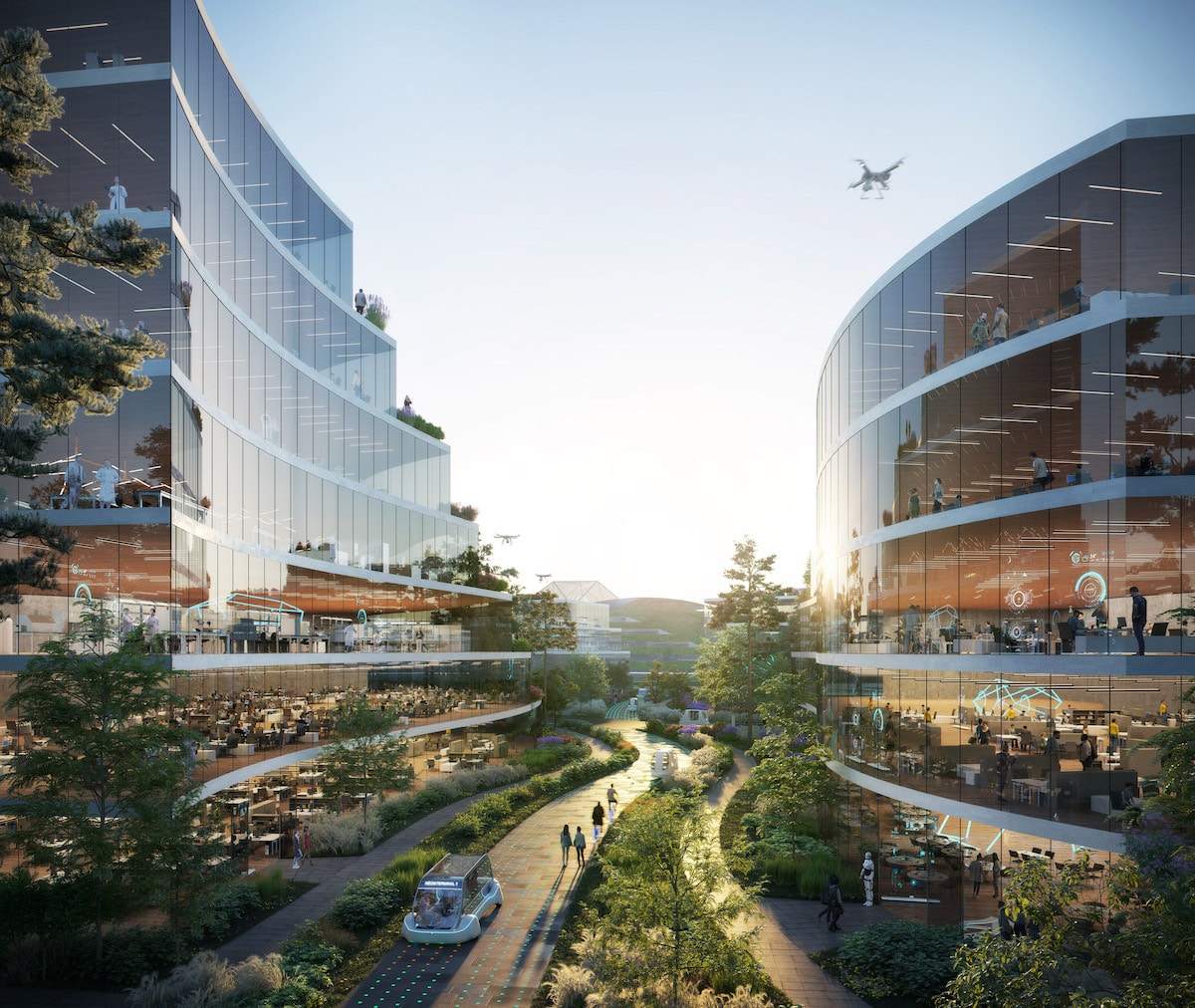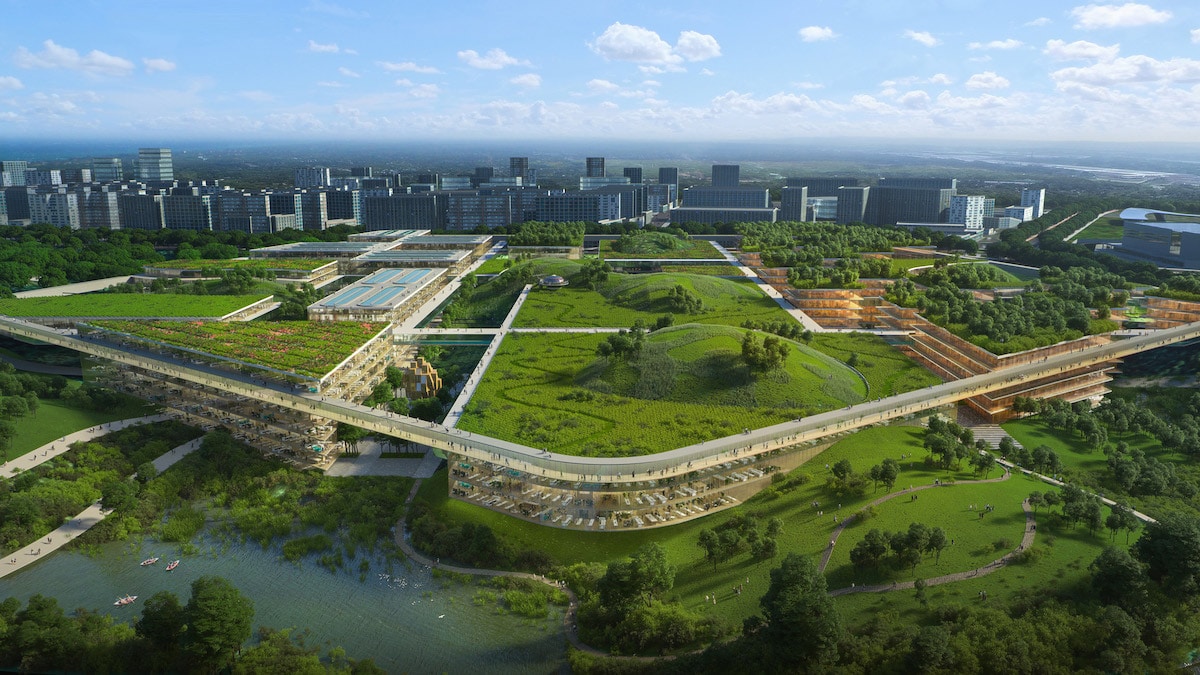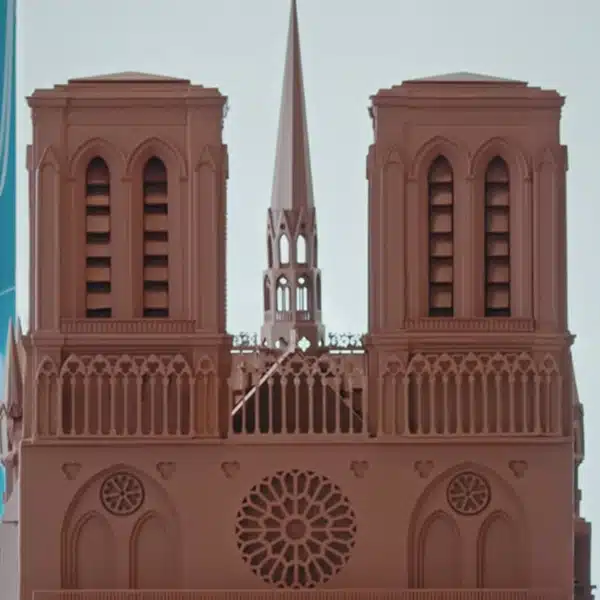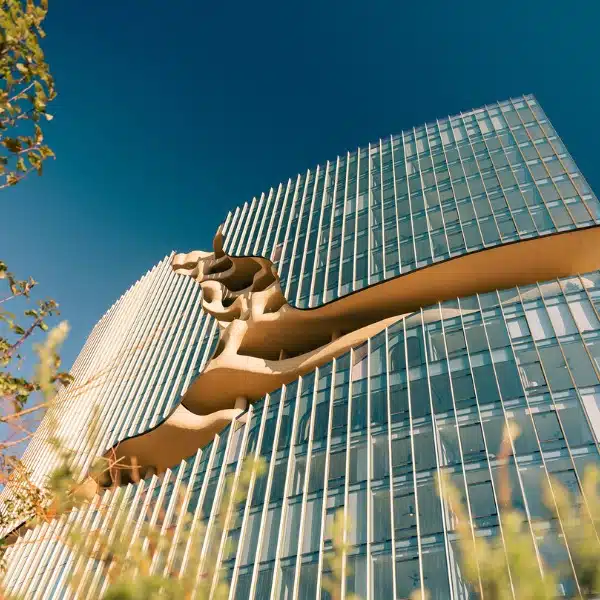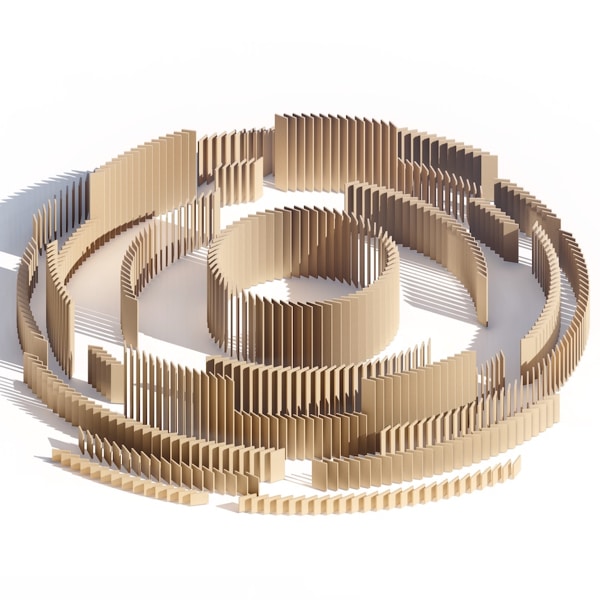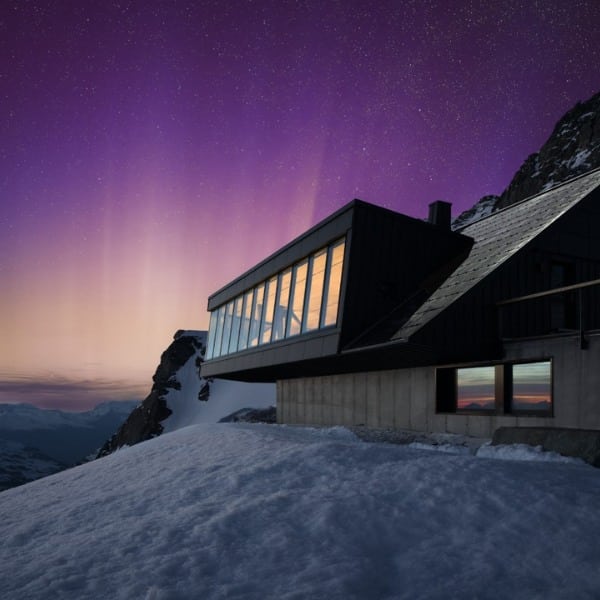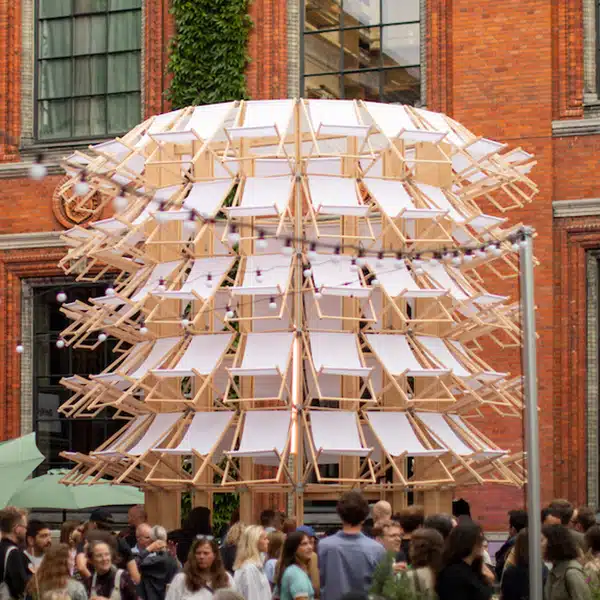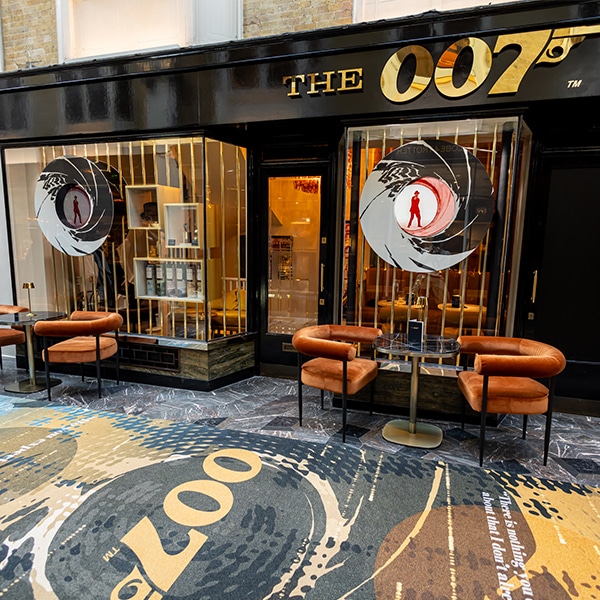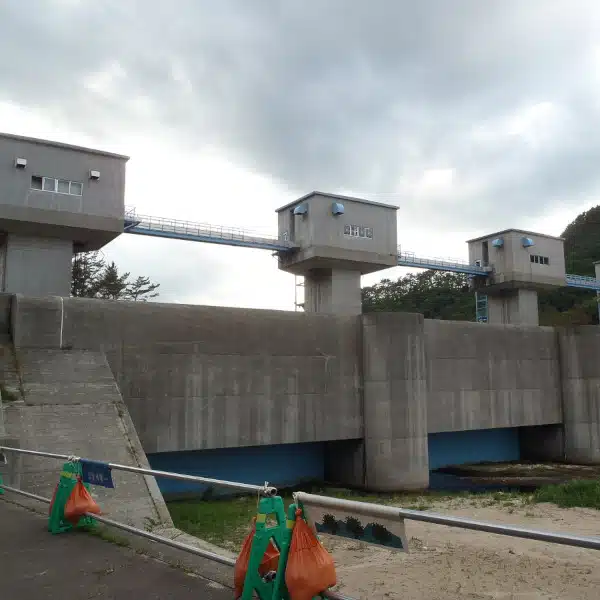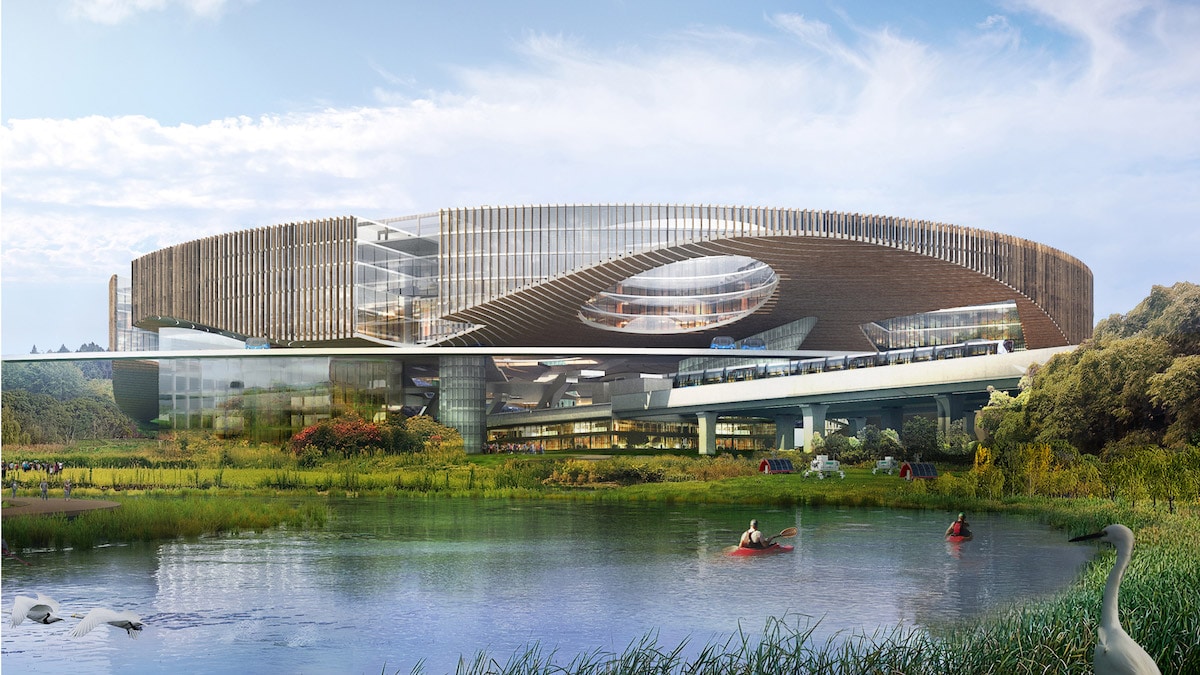
Architecture firm OMA, in collaboration with gmp architeckten, was announced as the winner of a masterplan competition for Chengdu Future City. It will be located in China's Sichuan province, and the new car-free development will act as a massive innovation district for the advancement of science and technology.
Planned for an area of nearly five million square feet, Chengdu Future City will include new amenities for multiple universities, laboratories, and offices. Also included are residential areas, dormitories, markets, and shared public space to make the development completely self-sufficient. All of these functions are designed to uniquely fit in with the hilly natural landscape both in function and in design aesthetic.
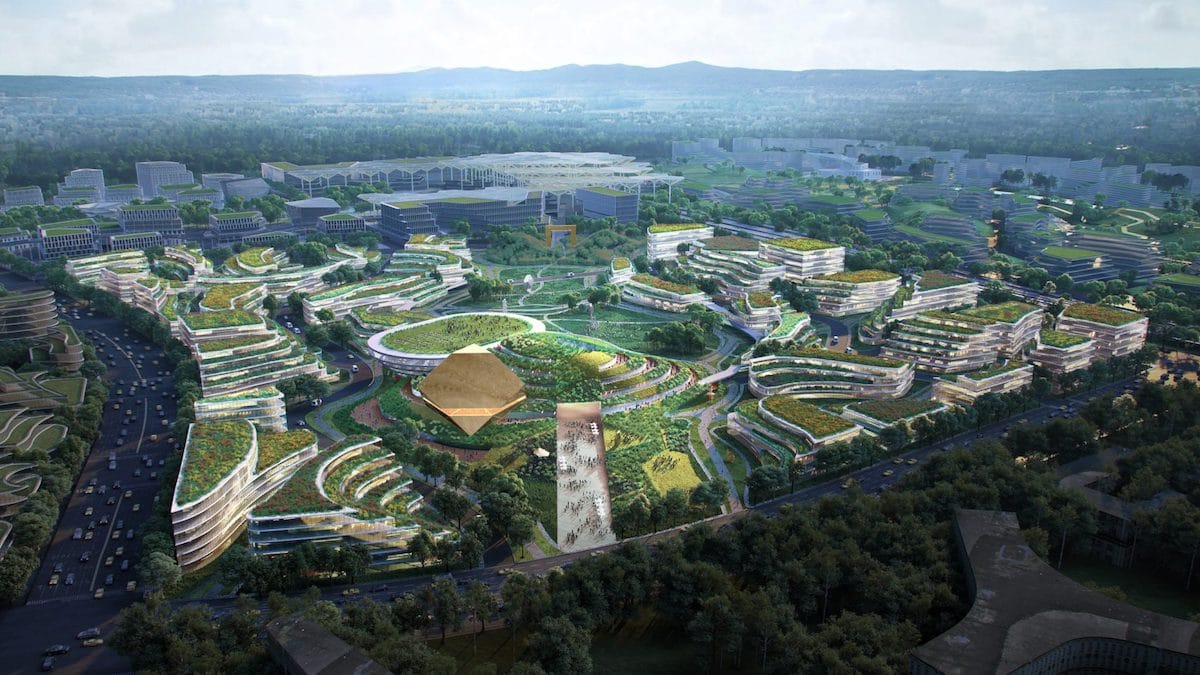
OMA partner Chris van Dujin led the design process and explains that this proposal is radically different from other city plans, from the way people travel to the architecture included in the new city. ”With this project,” he says, “we hope to provide an alternative to the typical masterplan, which is based on the traditional car-oriented road network. We intend to create a design rooted in the geography of the site. We hope that connection between architecture and landscape will result in a dynamic environment for education that will inspire innovative ideas.”
The inspiration for all of these modern forms came from a traditional background. The firms used the scale and logic of the Lin Pan villages of Chengdu to create six clusters. These rural villages used irrigation systems to sustain their farming in small lots. In Chengdu Future City, similar developments of six individual “clusters” are each designed in a specific architectural style that is formed based on the buildings’ functions and their relationship with the entire masterplan and the local water systems. These clusters and their unique architectural styles include clusters of residential, university, laboratory, market, public, and government spaces.
“All the clusters will be car-free, with a scale to ensure that all places within can be reached within ten minutes,” explains Duijn. “They will be connected with the train station and surrounding urban developments through a smart mobility network for automated vehicles. Defined by clusters integrating architecture and landscape, the masterplan will result in a dynamic environment that will inspire innovative ideas.”
Architecture firm OMA has designed an expansive masterplan for Chengdu Future City that is centered around science and technology industries.
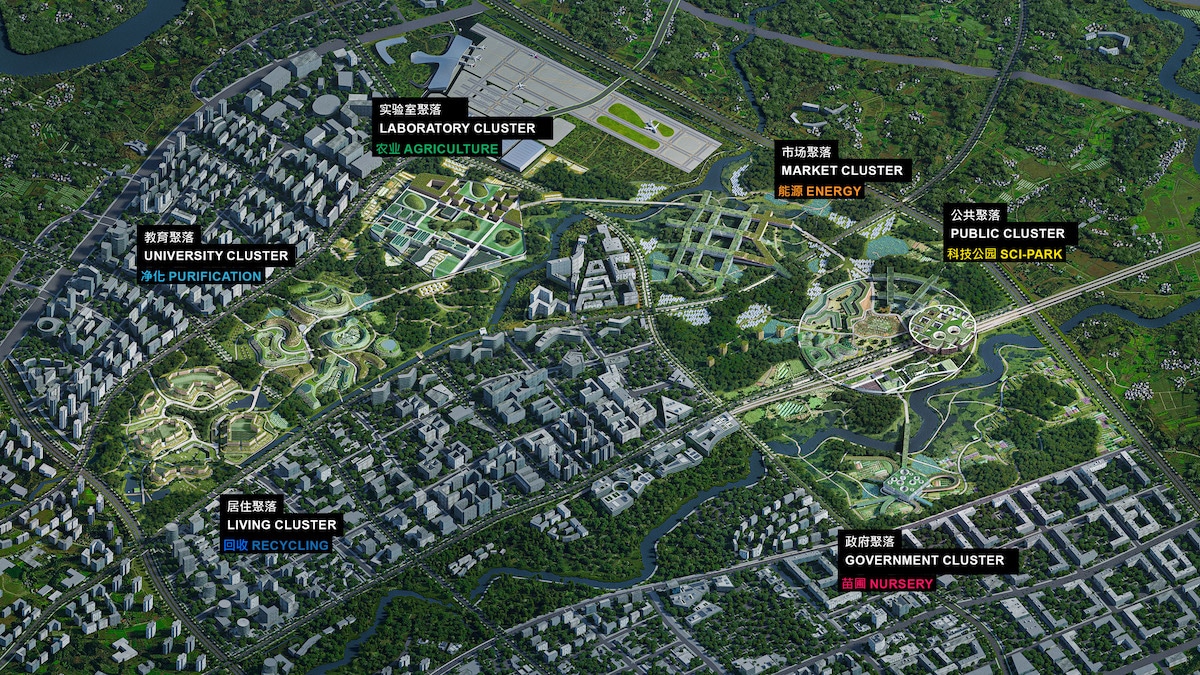
Six “clusters” are designed with their own specific architectural style based on the buildings’ functions and their relationship to the masterplan.
